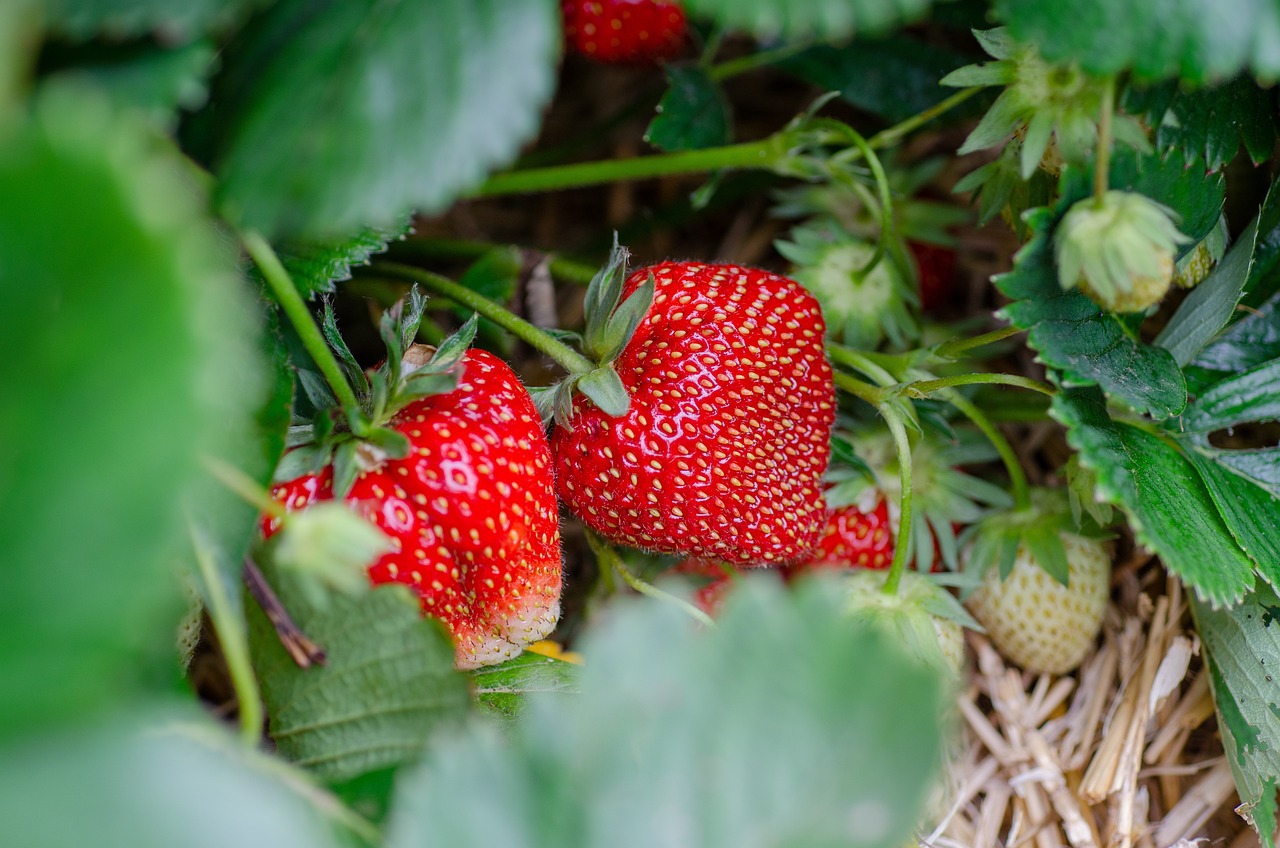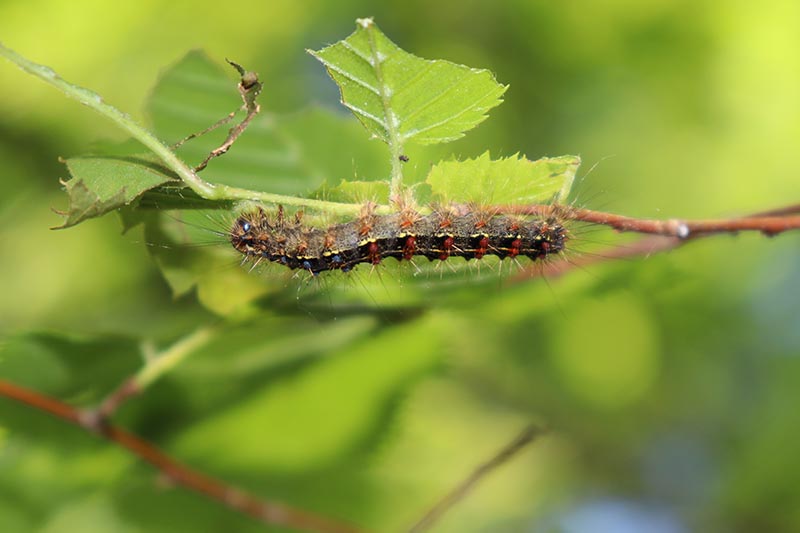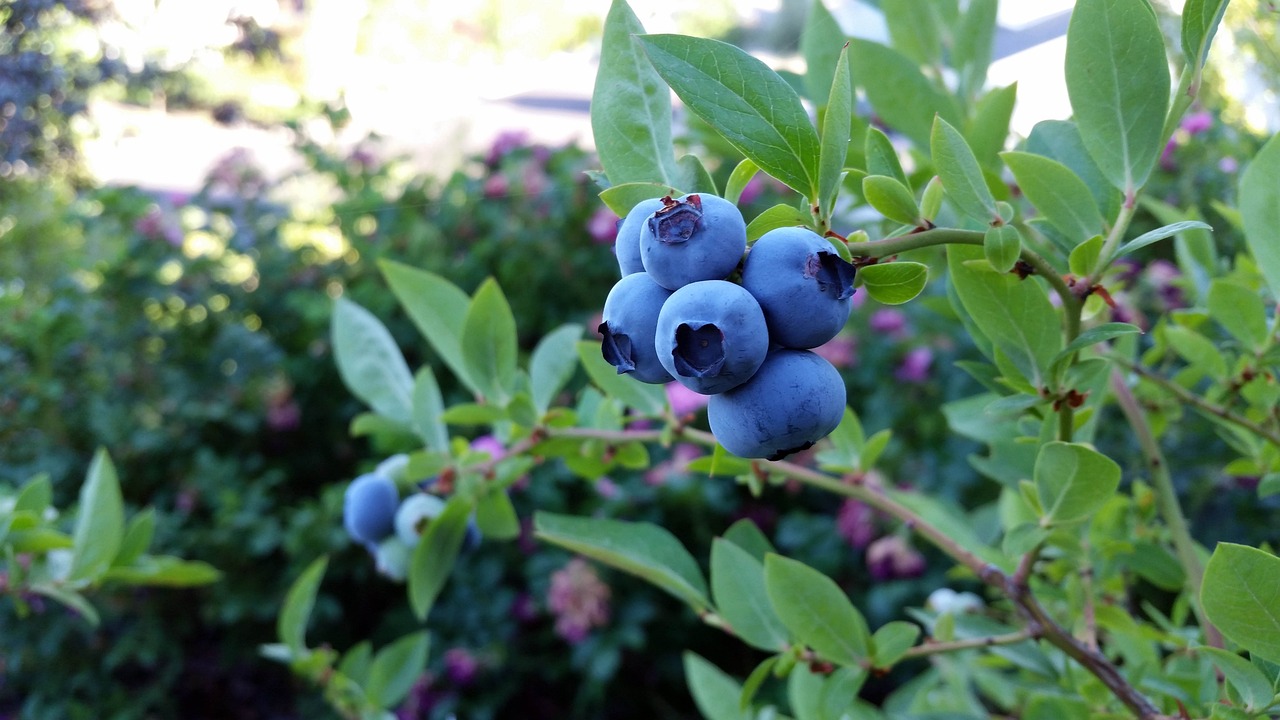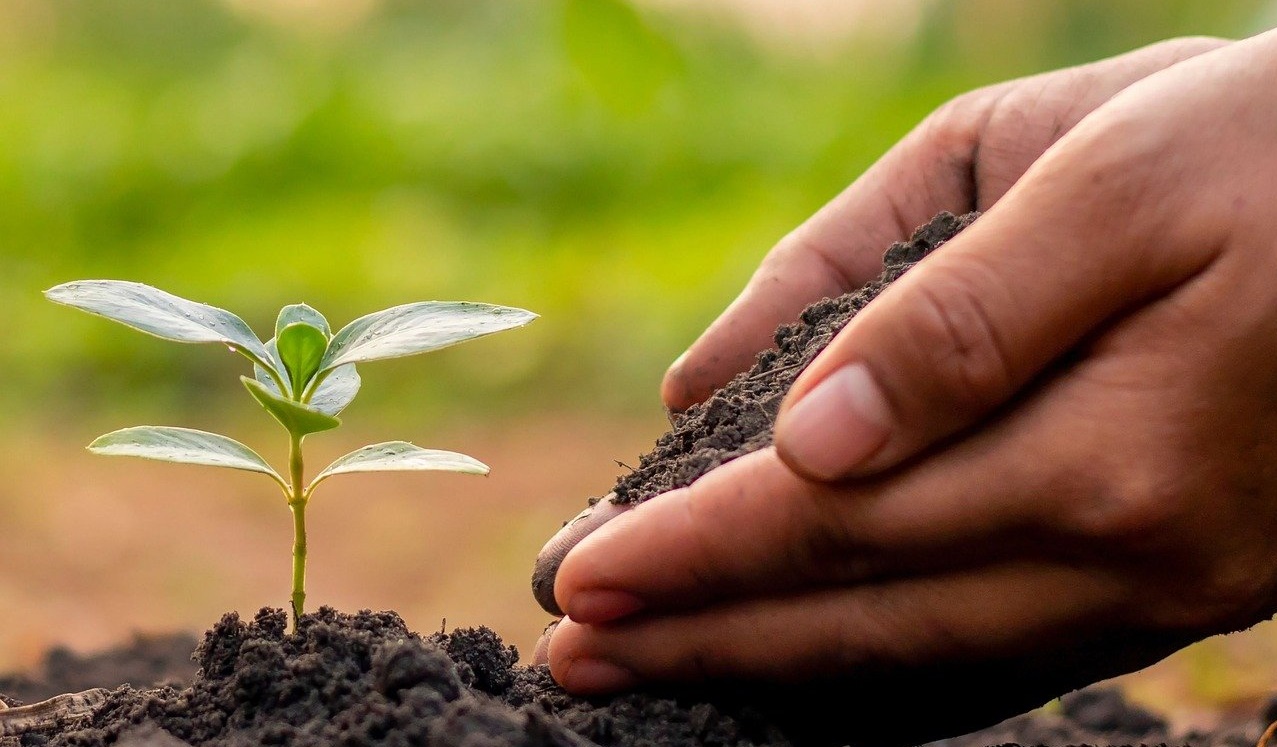There are plenty of perks to gardening for the gardener – the aesthetics of a beautiful garden and how it enriches one’s home and outdoor living experience (and in tandem with this, can increase home values); the pleasure and health benefits derived from eating fresh home-grown fruits, vegetables and herbs, picked at the peak of readiness; and the physical and mental well-being that comes from gardening – even simple weeding can help lower blood pressure.
But gardening has benefits that extend beyond the gardener. Gardens and other green spaces can benefit people simply by viewing them. Studies have shown that hospital patients with unobstructed views of nature have shorter post-operative hospital stays, take fewer potent pain killers and saw a reduction in stress and anxiety.
Additionally, gardens are natural habitats for wildlife and beneficial pollinators such as bees and butterflies, contributing to the balance and overall health of our ecosystem.
It is believed that the term “conscious gardening” came about around 1981, when interest in urban community and organic gardening grew. But concepts such as consciousness and community have their beginnings in one of the most ancient forms of “gardening” – early farming.
Growing your own food required settling in a place and consciously committing to the land/crops you’d planted, (at least until harvest) literally and figuratively rooting oneself to a locale. The development of tribes was a natural offshoot of people who began working the land and who lived in proximity of one another. Tribes were one of the earliest forms of communities, where people often shared resources and relied upon each other for survival.
Today, conscious gardening focuses on gardens and gardening practices that benefit society and the natural world as a whole, approached in a mindful way, with an holistic regard for resource preservation. Gardening for the greater good is both rewarding and often quite easy – here are 5 simple ways to get started.
- Give Attention to Soil Health – Every great garden starts with healthy soil, a vibrant, living ecosystem unto itself, teaming with all sorts of creatures, organic matter, minerals and nutrients. Compost is one of the easiest and most effective ways to improve your soil health and can be purchased from a store or made from your own compostable organic material. Additionally, the use of cover crops such as rye grass and clover help prevent soil erosion and can be dug in to boost the soil’s nitrogen levels. You can learn more about healthy soils on our blog here – Soil Health: Great Gardening From The Ground Up
- Plant Native Plants – Not only do native plants have what it takes to survive the different seasons and soil types we have here in New Jersey, they also know how to be good neighbors with other native plants. Native plants require fewer additional resources than non-natives and help to support surrounding biodiversity rather than compete with it.
- Create Pollinator-Friendly Gardens – Plant pollination is essential for our survival, so creating pollinator-friendly gardens is an easy and attractive way to help ensure the pollinator population is robust and doing its job. Plant native, pollinator-friendly plants like Joe-Pye Weed, Lobelia and Aster in clusters and in full sun to attract pollinators such as bees and butterflies.
- Create Site Gardens – Along with native plantings, site gardens (planting specifically with a site’s conditions in mind ) are another mindful gardening option that focuses on preserving natural resources and working within naturally existing conditions rather than fighting them. Here are some examples:
- Xeriscaping – Is the planting of drought-tolerant, often slow-growing plants to conserve water and reduce yard waste. The Environmental Protection Agency estimates that 40 or more states in the U.S. are expected to face water shortages this year, since only 3% of the earth’s water supply is fresh water.
- Rain Gardens – Typically formed on a natural slope and includes native shrubs and perennials that capture stormwater runoff to help prevent soil erosion, flooding and nonpoint source pollution.
- Gravel Gardens – If you have an area that is very dry and/or have rocky soil, a gravel garden may be an option for you. You can create a gravel garden by bordering a section of ground (this keeps the gravel edge clean) and filling it with about 4-5” of small gravel, like pea gravel. Add drought-tolerant native plants such as perennial grasses (Prairie Dropseed), sedum (Autumn Joy), and Rudbeckia (Black-Eyed Susan). The arid conditions of a gravel garden naturally discourage weeds and are one of the most low-maintenance garden options.
Image Credit Statement: In this week’s blog post, all photos are credited to Taylor Wilson of Tale of James Creative and Bespoke Floral Fine Art Prints. Taylor’s photography knack is documenting what your memory cannot with photo sessions tailored to you. Besides photography, Taylor LOVES flowers and has recently tried her hand at growing flowers from seed and creating art with them. Prints found on her website are all the fruit of Taylor’s growing and care, arranging, and finally photographing and editing. Check out some of her beautiful work here:
- Tale of James Creative Website – Tale of James Creative | Sussex County & Morris County New Jersey Photographer
- On pixieset.com – Tale of James Creative | Fine Art Floral Shop by Tale of James Creative








